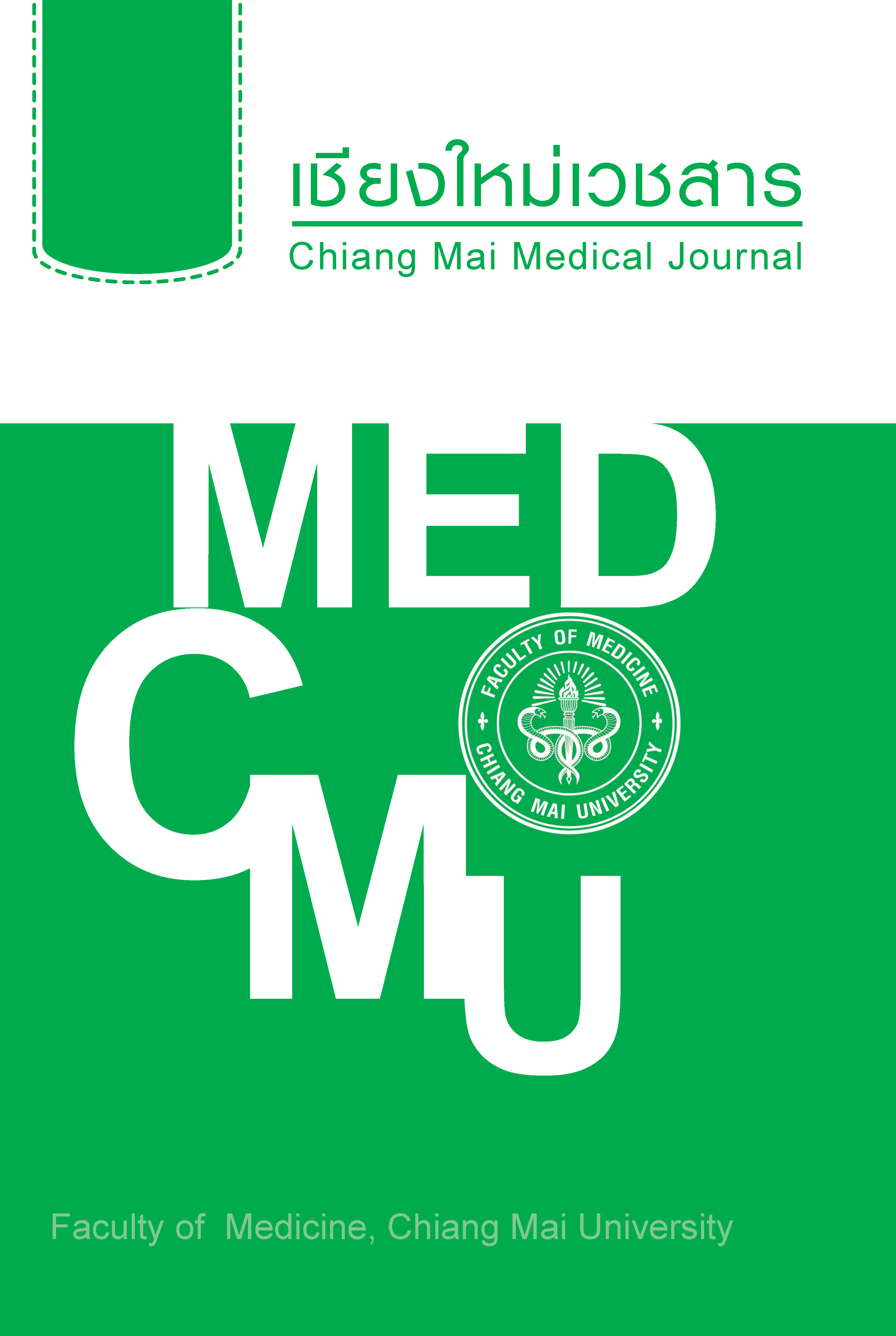Mouse Ovarian Tissue Vitrifiation: effects of exposure time to cryoprotective agent
Keywords:
ovarian tissue, exposure time, vitrifiation solutionAbstract
Objective The objective of this study was to compare the survival rate and growth rate of isolated preantral follicles from vitrifid/warmed mouse ovarian tissues with different exposure times to Vitrifiation Solution 2 (V2).
Methods Mouse ovaries were divided into a control and four experimental groups. All four experimental groups were vitrifid and warmed with exposure times to V2 solution for 3, 5, 10 and 15-minutes. Preantral follicles were mechanically isolated from the vitrifid/warmed ovarian tissue and individually cultured in vitro in 10-μL drops of culture medium under paraffi oil. Follicle diameter was measured every two days for 12 days. Primary outcome measurements were the survival rate
and growth rate of the isolated preantral follicles.
Results Preantral follicles from vitrifid/warmed ovarian tissues that were exposed to V2 solution for fie and ten-minutes had the highest survival rates (73.20% and 72.17%, respectively). The three and fiteen-minute exposure groups had survival rates of only 65.37% and 56.55%, respectively. There was no difference in the mean diameter of the follicles during the fist eight days. On day ten, the mean follicular diameter of the fiteen-minute group was lower than the control group
(p<0.001). On day 12, diameters of the three and fiteen-minute groups were lower than the control group (p=0.005 and p<0.001, respectively). The preantral follicles from the fie and ten-minute groups had growth rates comparable to the control group
conclusion Exposure of mouse ovarian tissues to V2 solution for fie and ten-minutes yields the highest survival rate and growth rate of preantral follicles, while both longer and shorter exposures adversely affects the survival and subsequent development of preantral follicles.
References
Allemani C, Weir HK, Carreira H, et al. Global surveillance of cancer survival 1995-2009: analy-sis of individual data for 25,676,887 patients from 279 population-based registries in 67 countries (CONCORD-2). Lancet. 2015; 385: 977-1010.
Whitehead E, Shalet SM, Blackledge G, Todd I, Crowther D, Beardwell CG. The effect of combina-tion chemotherapy on ovarian function in women treated for Hodgkin’s disease. Cancer. 1983;52: 988-93.
Schuck A, Hamelmann V, Bramswig JH, et al. Ovarian function following pelvic irradiation in pre-pubertal and pubertal girls and young adult wom-en. Strahlenther Onkol. 2005;181:534-9.
Joshi S, Savani BN, Chow EJ, et al. Clinical guide to fertility preservation in hematopoietic cell transplant recipients. Bone Marrow Transplant. 2014;49:477-84.
Letourneau JM, Ebbel EE, Katz PP, et al. Pretreatment fertility counseling and fertility preservation improve quality of life in reproductive age women with cancer. Cancer 2012;118:1710-7.
Practice committee of the American Society for Reproductive Medicine. Fertility preservation in patients undergoing gonadotoxic therapy or gonadectomy:a committee opinion. Fertil Steril 2013;100:1214-23.
Ethics Committee of the American Society for Reproductive Medicine. Fertility preservation and reproduction in patients facing gonadotoxic therapies:a committee opinion. Fertil Steril 2013; 100:1224-31.
Loren AW, Mangu PB, Beck LN, et al. Fertility preservation for patients with cancer: American Society of Clinical Oncology clinical practice guideline update. J Clin Oncol 2013;31:2500-10.
ACOG: Committee Opinion No. 584: oocyte cryopreservation. Obstet Gynecol 2014;123:221-2.
Coyne K, Purdy M, O’Leary K, Yaklic JL, Lind-heim SR, Appiah LA. Challenges and considera-tions in optimizing ovarian stimulation protocols in oncofertility patients. Front Public Health 2014;2: 246.
Macklon KT, Jensen AK, Loft A, Ernst E, An-dersen CY. Treatment history and outcome of 24 deliveries worldwide after autotransplantation of cryopreserved ovarian tissue, including two new Danish deliveries years after autotransplantation. J Assist Reprod Genet. 2014;31:1557-64.
Dittrich R, Hackl J, Lotz L, Hoffmann I, Beck-mann MW. Pregnancies and live births after 20 transplantations of cryopreserved ovarian tissue in a single center. Fertil Steril. 2015; 103: 462-8.
Roux C, Amiot C, Agnani G, Aubard Y, Rohrlich PS, Piver P. Live birth after ovarian tissue auto-graft in a patient with sickle cell disease treated by allogeneic bone marrow transplantation. Fertil Steril 2010;93:2413.
Treves R, Grynberg M, Parco S, Finet A, Pou-lain M, Fanchin R. Female fertility preservation in cancer patients: an instrumental tool for the envi-sioning a postdisease life. Future Oncol 2014;10: 969-74.
Telfer EE, Zelinski MB. Ovarian follicle culture: advances and challenges for human and nonhu-man primates. Fertil Steril 2013;99:1523-33.
Youm HW, Lee JR, Lee J, Jee BC, Suh CS, Kim SH. Optimal vitrification protocol for mouse ovar-ian tissue cryopreservation:effect of cryoprotec-tive agents and in vitro culture on vitrified-warmed ovarian tissue survival. Hum Reprod 2014;29: 720-30.
Fatehi R, Ebrahimi B, Shahhosseini M, Far-rokhi A, Fathi R. Effect of ovarian tissue vitrification method on mice preantral follicular development and gene expression. Theriogenology. 2014;81:302-8.
Wang X, Catt S, Pangestu M, Temple-Smith P. Successful in vitro culture of preantral follicles derived from vitrified murine ovarian tissue: oo-cyte maturation, fertilization, and live births. Re-production 2011;141:183-91.
Van Der Zwalmen P, Gaurois B, Ectors FJ, Touati K, Massip A, Ectors F. Some factors affecting successful vitrification of mouse blasto-cysts. Theriogenology. 1988;30:1177-83.
Ishimori H, Takahashi Y, Kanagawa H. Factors affecting survival of mouse blastocysts vitrified by a mixture of ethylene glycol and dimethyl sulfoxide. Theriogenology 1992;38:1175-85.
Hasegawa A, Mochida N, Ogasawara T, Koy-ama K. Pup birth from mouse oocytes in preantral follicles derived from vitrified and warmed ovaries followed by in vitro growth, in vitro maturation, and in vitro fertilization. Fertil Steril 2006;86:1182-92.
Keros V, Xella S, Hultenby K, et al. Vitrification versus controlled-rate freezing in cryopreserva-tion of human ovarian tissue. Hum Reprod 2009; 24:1670-83.
Klocke S, Bundgen N, Koster F, Eichenlaub-Ritter U, Griesinger G. Slow-freezing versus vit-rification for human ovarian tissue cryopreserva-tion. Arch Gynecol Obstet 2015;291:419-26.











